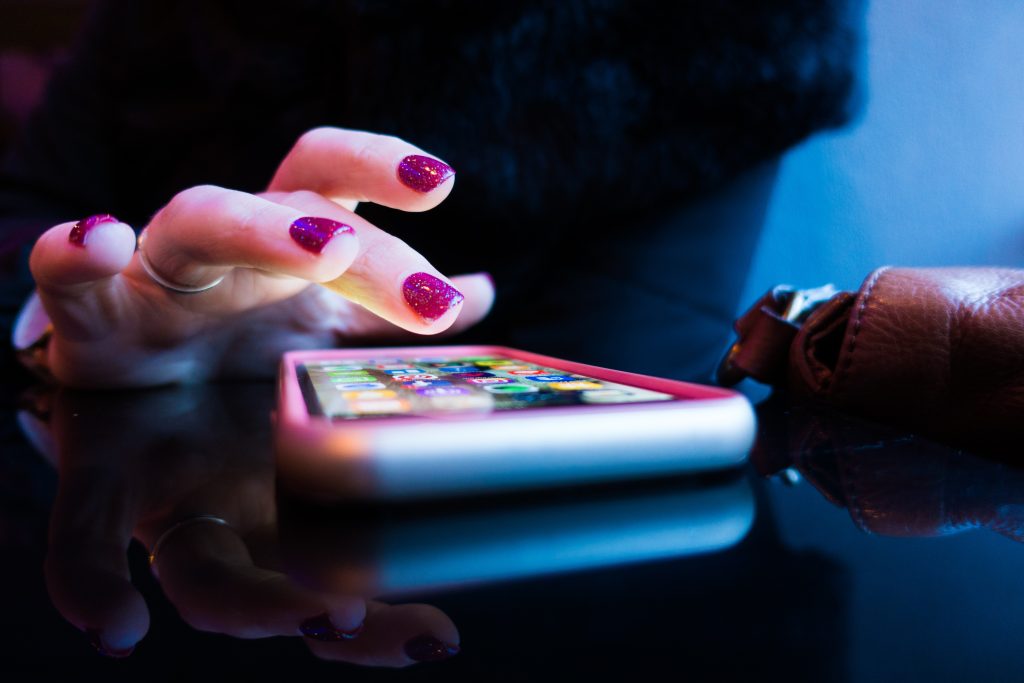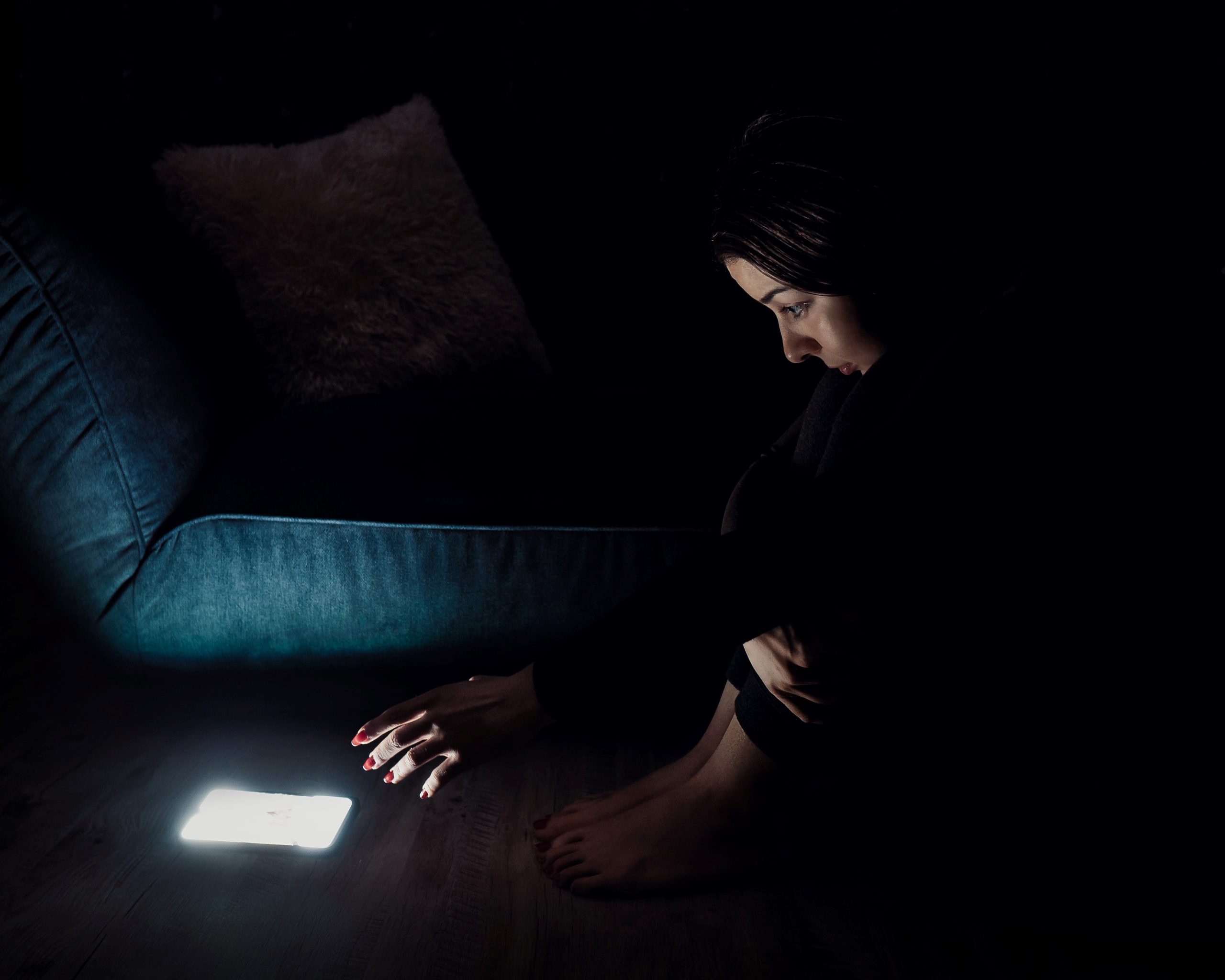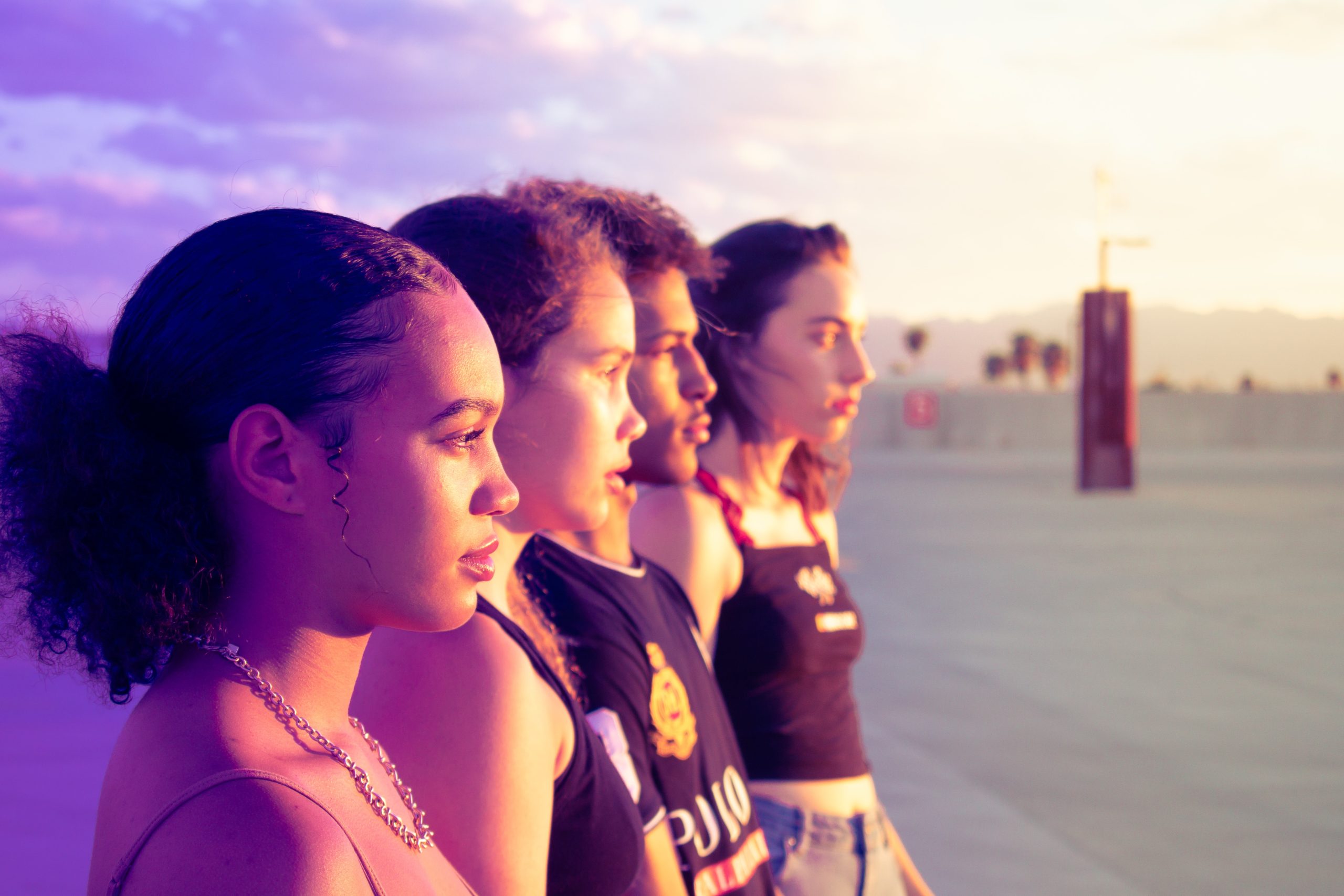It’s no secret that long periods of time spent on social media isn’t that great for us. Of course, nobody knows that better than the people designing social media platforms for our use. These days, almost every social media app has built-in digital wellbeing (or digital wellness) features. But do they work? And have they implemented these with our best interests at heart? Or as a token gesture to move the blame of social media addiction away from themselves?
Some of the features available include:
- Screen-Time Trackers – These can tell you how many minutes (or hours) you have spent on a particular social media platform that day/week/month/etc. It can be hard to keep track of how long you’ve spent scrolling, so this feature can let you know exactly.
- Quiet Mode/Silent Mode/Do Not Disturb – It has a variety of names, but the gist of it is that notifications from a particular app can be turned off for a set period of time/until turned back on again, to avoid disturbances when trying to work/study/do anything except scroll social media.
- Time Limitations – You can set up time limits on apps, so that after a specified length of time, e.g. 30 mins, the app locks you out. You can generally override these with a password, so you may want another person to set this up for you.
- Time Reminders – This is a recent feature becoming available, where users can opt to receive reminders when they’ve been on a social media platform for a certain length of time. They can also receive topic recommendations when they’ve been looking at the same subject for an expanse of time too.
But social media companies design their platforms to keep us on them for as long as possible
It’s in the social media companies’ best interests to keep us using their services for as long as possible. Social Media services are generally completely free for the users, so how do they make money? By making our attention and data a product to be bought by advertisers, we sacrifice our precious time and privacy to be able to exist on social media.
The basic designs for social media platforms have always been there to draw our engagement. For example, the infinite scrolling design. By removing any natural stopping points, it’s harder to draw ourselves away from our phones. Similarly, videos will automatically keep playing as you watch. They don’t want anything else to have a chance to distract you.
Another reason we’re so willing to keep going is the triggering of dopamine release in our brains. This can be encouraged not only by content designed to be attention grabbing, but the surrounding features, such as likes, comments and notifications. The problem is, our brains can’t differentiate between useful activities that cause dopamine to be released, such as eating and exercising, and useless things, such as spending time on social media.
These are a few of the tactics social media platforms use to keep us hooked on them. Catherine Price outlines these and more in her BBC Science Focus magazine article discussing this topic. Whilst the article predicts a hopeful change in these trends, 4 years and a Pandemic later our social media wellbeing has far from improved.

We can’t rely on these companies to protect our digital wellbeing
Social Media platforms render their own digital wellbeing tools useless with the features they have to keep us hooked. I believe they’re only there to avoid too much scrutiny over the damage they’re doing to people’s lives. They can claim they’re doing all they can to help, when in reality they’re not even doing the minimum. The damage done is already deeply ingrained in to our society, but LifeBonder exists to try and reverse this. We want to move people off of addictive and manipulative social media platforms and in to useful and meaningful social interactions in the real world, free from companies using you as a product.



